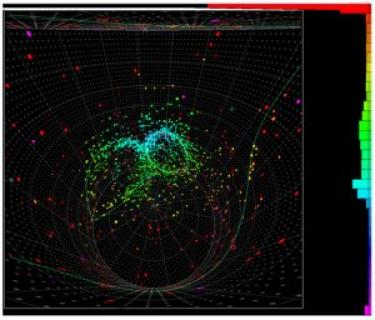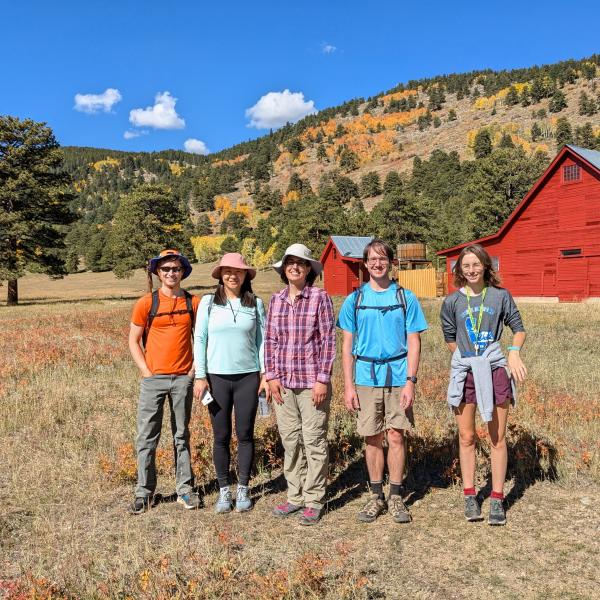Neutrino Experiments
The experimental neutrino physics group is involved in three experiments around the world, described below. Our research involves the study of fundamental subatomic particles called neutrinos. In particular our current research focuses on the flavor oscillations of neutrinos using accelerator-generated neutrino beams. We have active efforts on detector hardware and data analysis for these projects.
Prospective graduate students: Please contact Profs. Marino and Zimmerman if you are interested in any of these projects.
Current Group Members
- Faculty: Alysia Marino and Eric D. Zimmerman
- Postdocs: Andrew Cudd and Lu Ren
- PhD Students: Yash Chandak, Michael Reh, Brooke Schuld, and Daniel Xing
DUNE
DUNE is a proposed long-baseline neutrino oscillation experiment that would involve a new neutrino beam from Fermilab to the Sanford Underground Research Facility (SURF) in the former Homestake gold mine in South Dakota. The CU DUNE group (led by Alysia Marino and Eric Zimmerman) is primarily focused on the design and development of the DUNE near detector, both the ND-LAr liquid argon detector and a potential Phase 2 gaseous argon detector.

T2K
The T2K experiment is a neutrino oscillation experiment in which neutrinos are produced at J-PARC and detected by the Super-Kamiokande detector, 295 km away in the Kamioka mine. In 2013, the T2K experiment discovered conclusive evidence for the appearance of electron neutrinos in a beam of muon neutrinos, indicating a non-zero value of θ13. The CU T2K faculty member Eric Zimmerman (and previously also Alysia Marino) have led the effort to build several focusing horns for the neutrino beam and are involved in many areas of physics analysis for both the near and far detectors.

NA61/SHINE
The NA61/SHINE experiment is a large-acceptance fixed-target detector located at CERN. The detector allows researchers to make precise measurements of the production of hadrons from proton interactions that help us better understand the flux of neutrinos generated by protons in accelerator-generated neutrino beams such as those used for T2K and DUNE. The CU NA61/SHINE group has two faculty members: Eric Zimmerman and Alysia Marino.

EOS
The EOS experiment is and R&D effort to develop a novel water-based liquid scintillator detector. It seeks to perform a demonstration of event reconstruction using both Cherenkov and scintillation signals. The CU EOS group is led by Eric Zimmerman.




